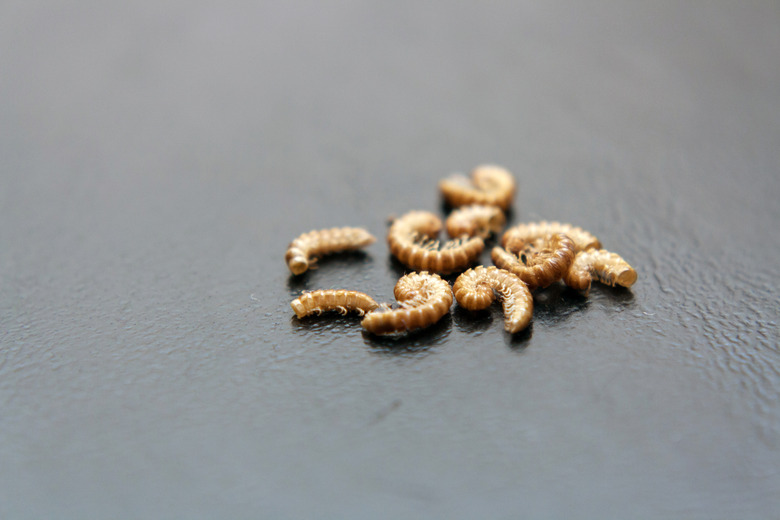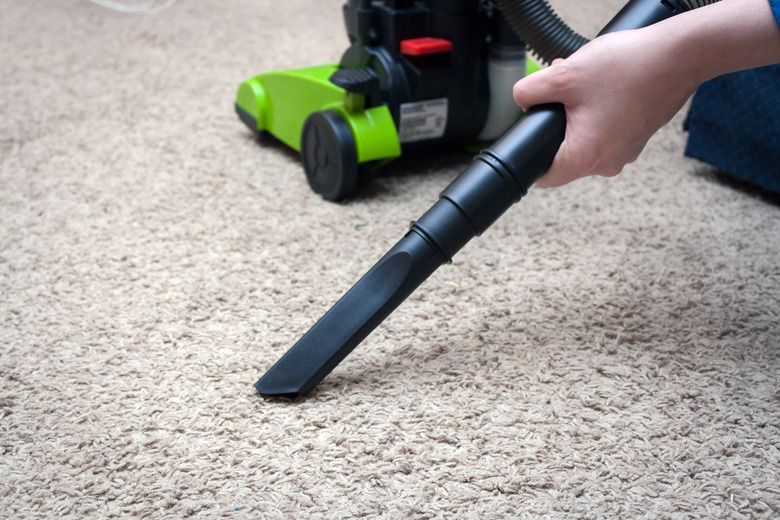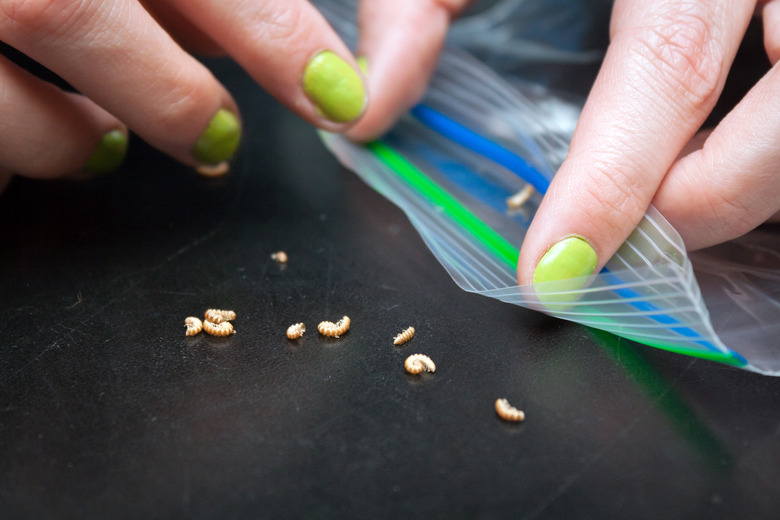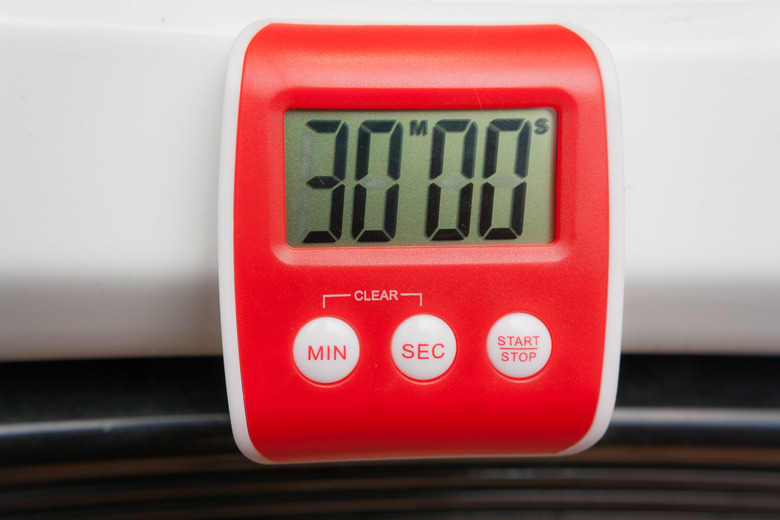How To Get Rid Of Mealworms
Things Needed
- Rake (optional)
- Shovel (optional)
- Wheelbarrow (optional)
- Plastic bags
- Twist ties or other plastic bag closures
- Vacuum cleaner, broom or brush
- Dustpan (optional)
- Oven or freezer
- Oven thermometer (optional)
- Clock, watch or timer (optional)
Warning
Mealworms are part of the life cycle of the mealworm beetle. The life cycle may take four months to a little more than one year to complete, and so mealworms may return several months after you eliminate the initial infestation.
Mealworms typically aren't a serious problem in homes, according to Orkin's website. Finding mealworms in or near your home may be disturbing, however. When they infest an area, it's because they found a food source nearby. In most cases, a mealworm infestation can be cleared up without the need for harsh chemicals or professional exterminators.
Step 1
Remove fallen leaves, compost and other decaying material from gardens and other areas that are close to your house. Damp leaves and other piled refuge outdoors can be a tempting home and food source for mealworms. They are attracted to damp and/or dark conditions. Collect all the mealworms you find, seal them in a plastic bag and put the bag in the trash.
Step 2
Remove all mealworms you find in cabinets, shelves and other areas of your home and outbuildings. Vacuum up the mealworms with a vacuum cleaner if you find a lot of them, or use a broom or brush to sweep them into a dustpan if you find only a few of them. Seal the vacuum cleaner's contents or the dustpan's contents in a plastic bag, and put the bag in the trash.
Step 3
Check other damp and/or dark areas indoors and outdoors for mealworms. Mealworms that are openly visible may be moving toward a food source. Remove all the mealworms you find, sealing them in a plastic bag and putting the bag in the trash.
Step 4
Look for cereal, other grains and other dry foods near the areas where you located mealworms. They are likely food sources for the insects. The food may be damp, molded or decaying. Collect all the mealworm food sources you found, and put them in an oven heated to 130 to 150 degrees Fahrenheit for at least 30 minutes. Doing so will kill mealworms and their eggs, preventing a reinfestation. Alternatively, place the collected mealworm food sources in a freezer for at least four days. Seal the food in a plastic bag before discarding of it, regardless of whether you heated or froze it.
Step 5
Recheck damp and/or dark spaces for signs of mealworms periodically until you are certain the infestation is gone. After you've eliminated mealworms' food sources and removed most if not all of the mealworms, any remaining mealworms will likely seek food elsewhere.





